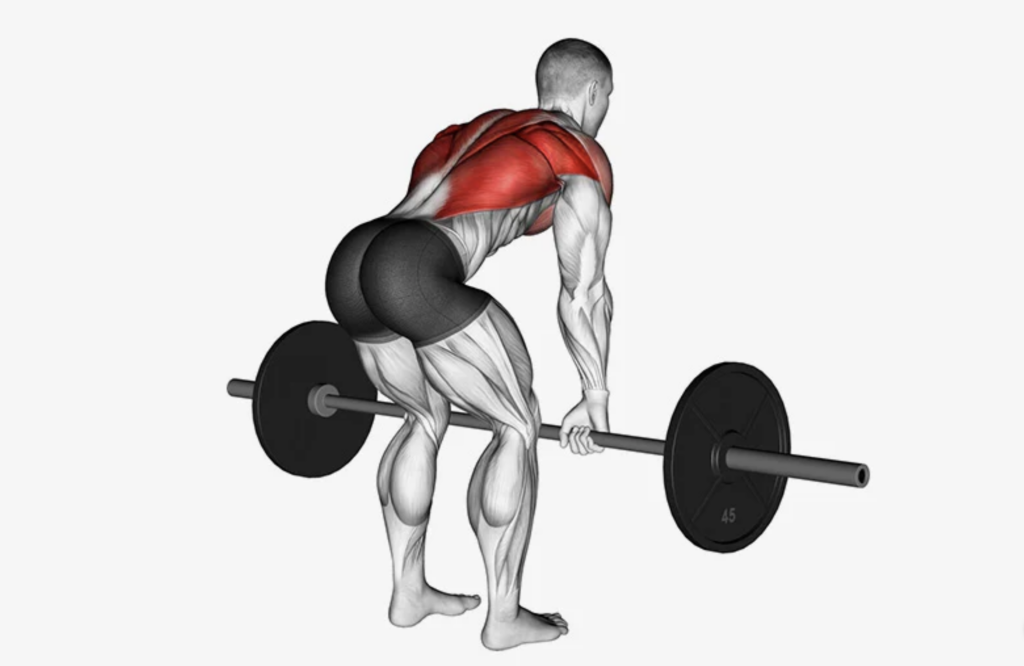This week in the world of sports science, here’s what happened…
- Does early morning training set you up for success or failure?
- The effectiveness of caffeine in rugby sevens tournaments
- How to correctly perform the bent-over row exercise
Does early morning training set you up for success or failure?

Early morning training may present logistical advantages for student-athletes by minimising conflicts with academic schedules. However, recent research has revealed noteworthy negative outcomes associated with early morning training.
The study analysed a sample of 21 nationally competitive male rugby student-athletes who train between 6:30 AM and 7:00 AM. The training schedule incorporated a combination of field and gym sessions.
Findings indicated that student-athletes participating in early morning training displayed irregular sleep/wake patterns and exhibited undesirable sleep metrics on the nights preceding training. Specifically, on nights prior to training, the average total sleep time was merely 5.86 hours, in contrast to an average of 7.66 hours on nights preceding non-training mornings.
While early morning training sessions may be convenient for student-athletes, it is essential to consider the detrimental effects on sleep quality that may ensue. These effects can later affect health, as well as athletic and academic performance. Therefore, if early morning training is implemented for student-athletes, it is advisable to promote healthy sleep practices and monitor sleep quality closely.
If you want to optimise your sleep game check out our course on Sleep (here) and our blogs Enhance your sleep, enhance your game! And 8 Powerful Tips to Help your Athletes Sleep Better
The effectiveness of caffeine in rugby sevens tournaments

Rugby sevens is a high-intensity contact sport commonly organised in tournaments that span multiple matches over a two-day period. While the performance-enhancing effects of caffeine are well documented in sports science, a recent study has provided valuable insights specifically regarding caffeine supplementation in rugby sevens players.
The study revealed that players who consumed caffeine demonstrated a significantly greater distance covered at a jogging pace (6-12 km/h) during the last match of the tournament, compared to those who received a placebo. Conversely, the placebo group was able to cover a greater distance at a walking pace (0-6 km/h). Additionally, a reactive agility test was conducted prior to each match, and the results indicated that caffeine consumption resulted in significantly faster times on this test compared to a placebo.
The findings of the study suggest that caffeine plays a role in alleviating fatigue in the latter stages of rugby sevens tournaments, thereby enabling players to engage in higher-intensity activities while reducing lower-intensity actions like walking and standing. Moreover, caffeine intake contributed to enhanced reactive agility, a critical skill in rugby sevens for evading tackles and collisions.
The study used a dosage of 3 mg of caffeine per kg of body weight, administered about 60 minutes before a match. One limitation noted in the study was the small sample size, comprising only six participants. Nevertheless, the study presents a valuable resource for practitioners seeking to implement effective caffeine supplementation strategies in rugby sevens tournaments. If you would like to learn more about caffeine, check out our detailed course (here).
How to correctly perform the bent-over row exercise

Dr. Mike Israetel, also known as Renaissance Periodization on YouTube, recently released a YouTube short about one of the most common wrongly performed exercises: the bent-over row. The video gained over 100,000 views within the first 12 hours of its release!
Israetel suggests that the bent-over row should actually be named the “hinge row” because rounding or bending your spine is one of the most frequent mistakes associated with this exercise. He emphasises the importance of proper setup for the exercise. First, he demonstrates a stiff-legged deadlift to reach the bar, hinging at his hips. In this position, his back remains flat and tight, maintaining a strong position. This alignment allows him to row heavy loads safely and effectively without compromising or rounding his back position.
If you’re looking to master the bent-over row safely and effectively, be sure to check out Israetel’s YouTube short! And maybe Israetel has a point – as renaming this exercise as the “hinge row” would really highlight how important hip hinging is for getting into the right position!
From us this week:
>> New course: Talent Identification
>> New podcast: How to Maximise Athlete Performance & Recovery
>> New infographic: How Important Is Muscular Strength To Athletic Performance?
>> New article: Hydrotherapy
Access to a growing library of sports science courses
SFS Academy is an all-access membership to premium sports science education.
With SFS Academy, you’ll learn from some of the best coaches around the world as they teach you how to apply the latest research and practice with your athletes.



